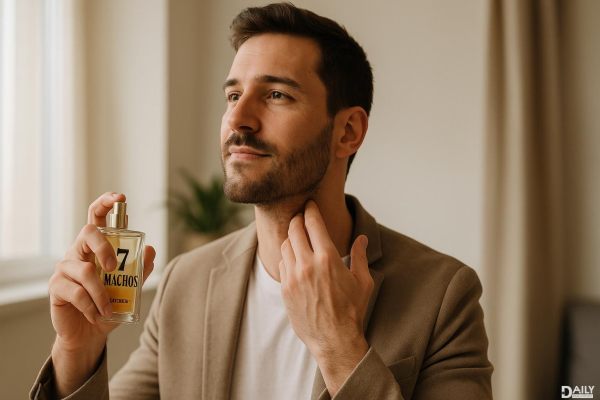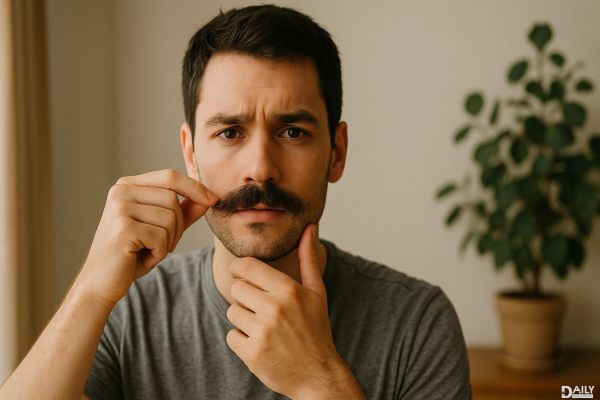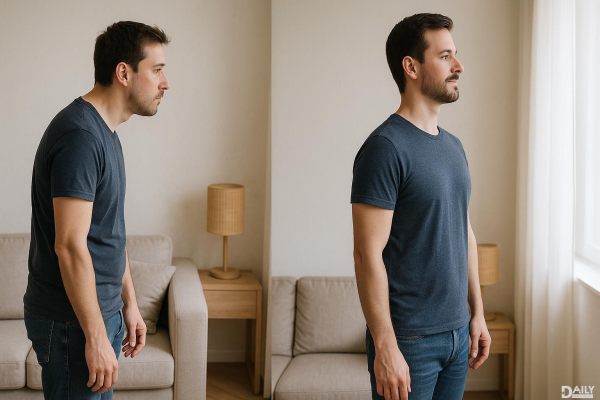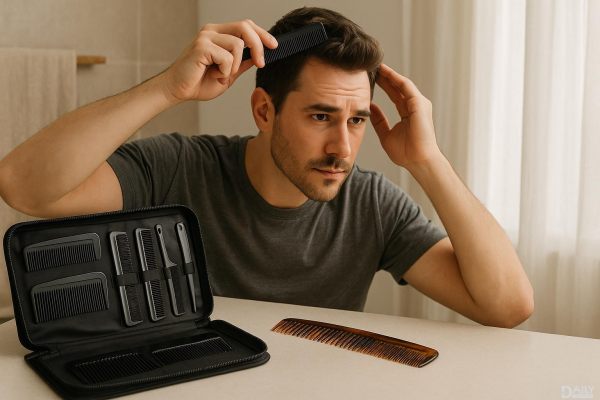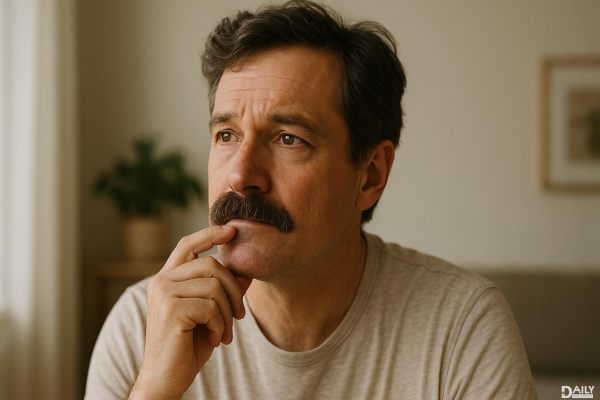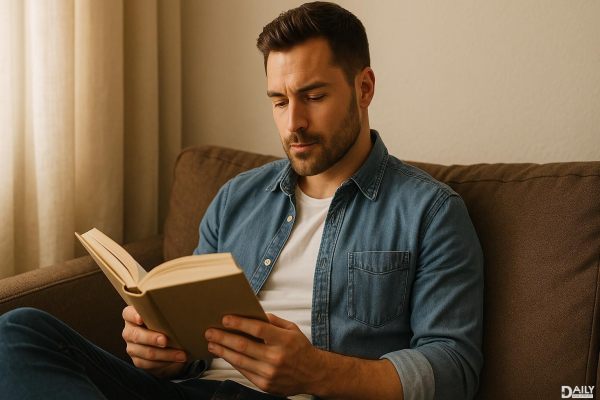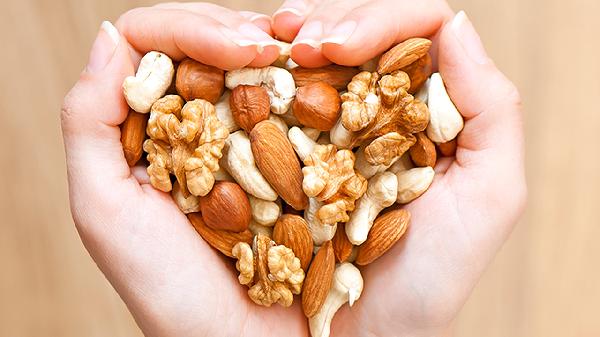Villains with mustaches seem to have an uncanny ability to steal the spotlight, and it’s not just because of their dastardly deeds. The psychology behind this phenomenon is rooted in how our brains process facial features, cultural stereotypes, and the power of visual storytelling. Mustaches, especially those with a dramatic flair, act as a visual shorthand for villainy, signaling traits like cunning, arrogance, and menace. This combination makes them unforgettable, whether they’re twirling their mustaches in silent films or plotting world domination in modern blockbusters. Let’s dive into the surprising reasons why these facial hair aficionados dominate the villain scene.
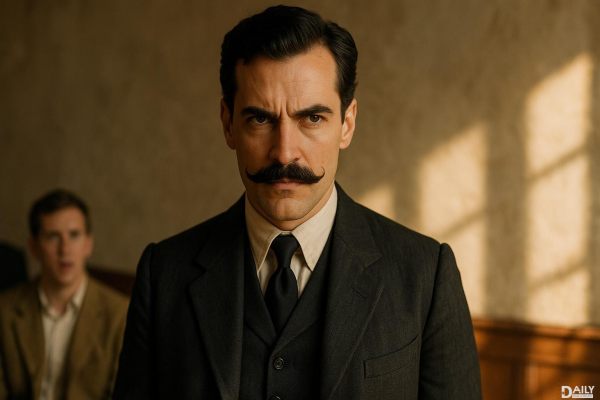
Our brains are wired to pick up on facial cues, and mustaches are a particularly strong visual marker. A well-groomed mustache can instantly convey personality traits without a single word being spoken. For villains, this is gold. A thick, curled mustache can suggest arrogance or vanity, while a thin, sinister one might hint at cunning or deceit. Think of classic villains like Snidely Whiplash or modern ones like Gaston from Beauty and the Beast. Their mustaches aren’t just facial hair—they’re part of their character design, amplifying their villainous personas. This visual shorthand helps audiences quickly identify who the bad guy is, even if they’re new to the story.
Mustaches have long been associated with power and authority, but they’ve also been linked to negative traits in popular culture. In the early 20th century, mustaches were often worn by wealthy, powerful men—many of whom were portrayed as corrupt or tyrannical in media. This association stuck, and over time, the mustache became a symbol of villainy. Even today, when a character sports a mustache, it can trigger subconscious associations with greed, manipulation, or cruelty. This cultural baggage makes mustaches an easy choice for creators looking to establish a character as a villain without needing extensive backstory.
Villains are often larger-than-life characters, and a mustache adds to their theatricality. It’s a bold, attention-grabbing feature that can be used to emphasize expressions and gestures. A villain stroking their mustache while plotting evil deeds is a classic trope because it’s visually engaging and adds a layer of performative menace. This theatricality makes mustachioed villains more memorable, as their facial hair becomes part of their signature style. Whether it’s the exaggerated mustache of a silent film villain or the sleek, modern look of a Bond antagonist, the mustache is a tool for making villains stand out.
From a psychological perspective, mustaches can create a sense of unease or intimidation. Studies have shown that facial hair can make a person appear more dominant or aggressive, which aligns perfectly with the traits of a villain. A mustache can also obscure parts of the face, making it harder to read the character’s emotions and adding an air of mystery. This combination of dominance and unpredictability makes mustachioed villains more compelling and, in some cases, even more threatening. It’s no wonder they tend to steal the spotlight—they’re designed to command attention.
Of course, not all mustaches are created equal, and not all mustachioed characters are villains. Some heroes, like Mario or Tom Selleck’s Magnum P.I., sport mustaches with pride. However, these characters often subvert the traditional associations of mustaches, using them to convey warmth, reliability, or humor instead of menace. This contrast highlights just how powerful the mustache-villain connection is—when a mustache is used for good, it’s often a deliberate choice to challenge stereotypes. But even in these cases, the mustache remains a defining feature, proving its enduring impact on character design.
So, why do villains with mustaches always steal the spotlight? It’s a mix of psychology, culture, and storytelling. Mustaches are a visual shortcut for villainy, tapping into deep-seated associations and making characters instantly recognizable. They add theatricality, dominance, and a touch of mystery, all of which make villains more compelling. Whether you love to hate them or just can’t look away, mustachioed villains are here to stay—twirling their way into our hearts and minds, one evil plot at a time.
